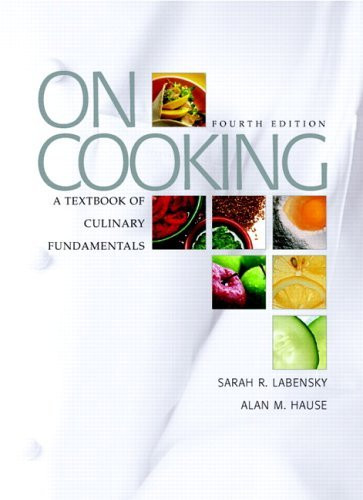

It is an edible oil obtained by expeller pressing and sometimes followed by solvent extraction. įlax seeds produce a vegetable oil known as flax seed oil or linseed oil, which is one of the oldest commercial oils. Yellow flax seeds, called solin ( trade name " Linola"), have a similar oil profile to brown flax seeds and both are very high in omega-3s ( alpha-linolenic acid (ALA), specifically). Most types of these basic varieties have similar nutritional characteristics and equal numbers of short-chain omega-3 fatty acids. Flax seeds įlax seeds occur in two basic varieties/colors: brown or yellow (golden linseeds). Linseed meal, the by-product of producing linseed oil from flax seeds, is used as livestock fodder. Flax is grown on the Canadian prairies for linseed oil, which is used as a drying oil in paints and varnishes and in products such as linoleum and printing inks. Europe and North America both depended on flax for plant-based cloth until the 19th century, when cotton overtook flax as the most common plant for making rag-based paper. Additionally, flax fibers are naturally smooth and straight. įlax fibers taken from the stem of the plant are two to three times as strong as cotton fibers. The specific epithet in its species name, usitatissimum, means "most useful". Moreover, flax fibers are used to make linen. Flax is also grown as an ornamental plant in gardens. Uses įlax is grown for its seeds, which can be ground into a meal or turned into linseed oil, a product used as a nutritional supplement and as an ingredient in many wood-finishing products. Since then, flax has lost its importance as a commercial crop, due to the easy availability of more durable fibres.

In North America, colonists introduced flax, and it flourished there, but by the early 20th century, cheap cotton and rising farm wages had caused production of flax to become concentrated in northern Russia, which came to provide 90% of the world's output.

Eventually, Flanders became the major center of the European linen industry in the Middle Ages. But with laws designed to publicize the hygiene of linen textiles and the health of linseed oil, Charlemagne revived the crop in the eighth century AD.

As the Roman Empire declined, so did flax production. Phoenicians traded Egyptian linen throughout the Mediterranean and the Romans used it for their sails. Egyptian priests wore only linen, as flax was considered a symbol of purity. įlax was cultivated extensively in ancient Egypt, where the temple walls had paintings of flowering flax, and mummies were embalmed using linen. In China and India, domesticated flax was cultivated at least 5,000 years ago. Use of the crop steadily spread, reaching as far as Switzerland and Germany by 5,000 years ago. Evidence exists of a domesticated oilseed flax with increased seed-size from Tell Ramad in Syria and flax fabric fragments from Çatalhöyük in Turkey by circa 9,000 years ago. Humans first domesticated flax in the Fertile Crescent region. The earliest evidence of humans using wild flax as a textile comes from the present-day Republic of Georgia, where spun, dyed, and knotted wild flax fibers found in Dzudzuana Cave date to the Upper Paleolithic, 30,000 years ago.


 0 kommentar(er)
0 kommentar(er)
